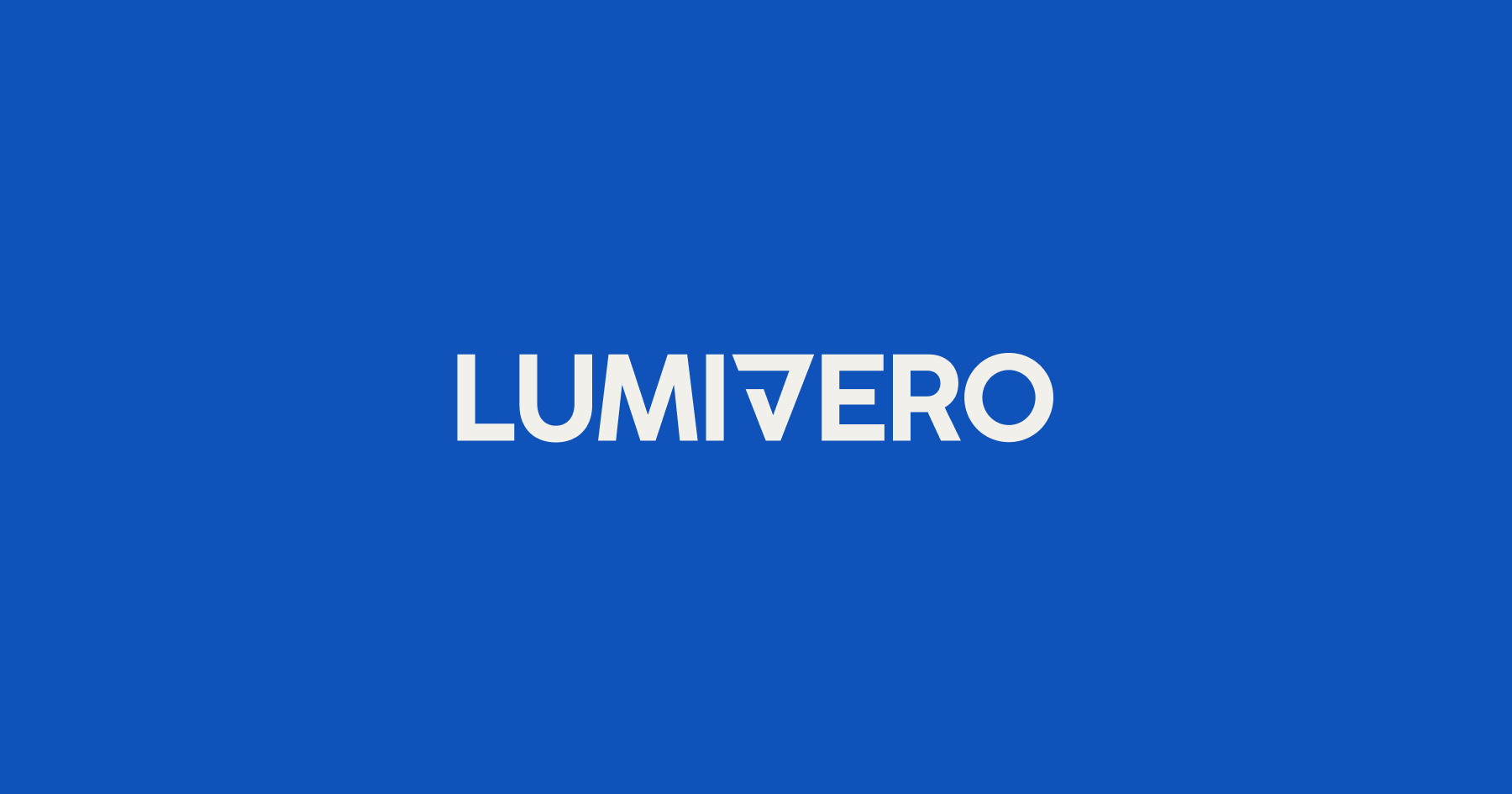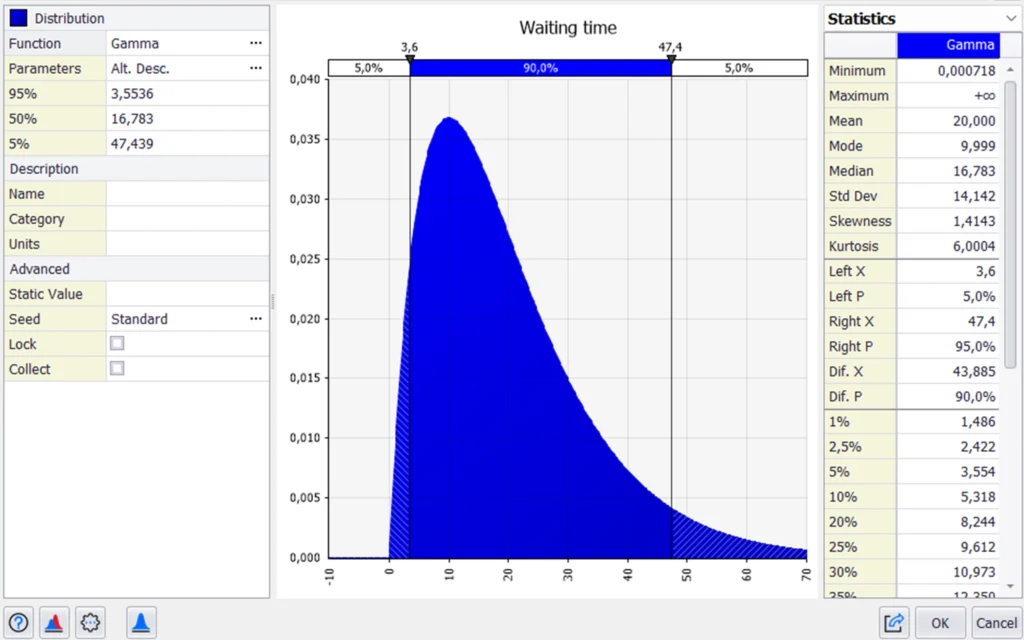
Quantitative risk analysis (QRA) is an approach used to assess and quantify risks in a project, process, or investment by assigning probabilistic values to potential outcomes. This technique helps organizations make more informed decisions by measuring the probability and impact of risks in financial or measurable terms. While used in a wide variety of industries, you'll often find quantitative risk analysis in project management, energy, finance, manufacturing, and healthcare.
According to Werner G. Meyer, PhD, in the Project Management Institute, “Quantitative risk management in project management is the process of converting the impact of risk on the project into numerical terms. This numerical information is frequently used to determine the cost and time contingencies of the project.”
Qualitative vs. Quantitative Risk Analysis
In any decision-making process, there are uncertainties. Quantitative risk analysis aims to reduce these uncertainties by using data, models, and mathematical techniques to predict the likelihood of various scenarios and their potential effects. This approach contrasts with qualitative risk analysis, which focuses on descriptive, non-numerical assessments such as ranking risks as “high,” “medium,” or “low” based on expert judgment.
In Risk Assessment and Analysis Methods: Qualitative and Quantitative, Volkan Evrin notes the benefits of conducting both qualitative risk analysis and quantitative risk analysis. “In general, the methodology chosen at the beginning of the decision-making process should be able to produce a quantitative explanation about the impact of the risk and security issues along with the identification of risk and formation of a risk register. There should also be qualitative statements that explain the importance and suitability of controls and security measures to minimize these risk areas.”
Key Steps in Quantitative Risk Analysis
- Risk Identification: Before risks can be quantified, they must first be identified. This involves determining the potential threats that could impact the project or decision. Common risks include financial losses, project delays, resource shortages, and technical failures.
- Risk Quantification: Risks are assigned numerical values using models and probability distributions. The two key components analyzed are:
- Probability: The likelihood of the risk behavior occurring.
- Impact: The financial or operational consequences if the risk occurs.
Monte Carlo simulations are commonly used to predict a range of possible outcomes. With this technique, thousands of different scenarios are run to provide a distribution of potential project outcomes.
- Risk Aggregation: Once individual risks are quantified, they are often combined to assess their overall impact on the project. This step evaluates how multiple risks interact and contribute to the total risk exposure.
- Evaluation and Decision-Making: The final step in performing quantitative risk analysis is using the quantified data to support decision-making. With numerical insight, decision-makers can prioritize risks based on their potential impact, allocate resources more efficiently, and develop mitigation strategies.
For example, if a certain risk is found to have a high probability and a severe financial impact, more focus can be placed on controlling or transferring that risk.
Benefits of Quantitative Risk Analysis
- Improved Decision-Making: Quantitative risk analysis provides a data-driven approach that helps managers understand the financial implications of risks, leading to better resource allocation and planning.
- Clearer Communication: Presenting risks in numerical terms can make them easier to understand for stakeholders, investors, and team members.
- Prioritization: By assigning values to risks, decision-makers can prioritize risks more effectively, focusing their efforts on those with the highest potential impact.
- Objective Approach: Unlike qualitative methods, which can be subjective, QRA provides a more objective analysis based on hard data and statistical models.
Techniques Used in Quantitative Risk Analysis
Quantitative risk analysis commonly employs various tools and techniques to assess and quantify the potential impact of risks on decision-making. Two of the most widely used methods are:
- Monte Carlo Simulation: A mathematical technique that runs multiple simulations to predict the outcomes of risks by varying different factors. It’s used to evaluate the probability distribution of possible outcomes.
- Sensitivity Analysis: This technique tests how sensitive the final outcome is to changes in input variables, allowing you to understand which risks have the most influence. This solves a common challenge in quantitative risk analysis of identifying the most important variables for risk mitigation.
Performing Quantitative Risk Analysis in Excel with @RISK
Implementing advanced risk analysis techniques like Monte Carlo simulation and sensitivity analysis becomes straightforward with @RISK software. With @RISK, you can apply these techniques to your models all within Microsoft Excel – letting you perform comprehensive risk analysis without needing to learn an entirely new platform. Its user-friendly design and powerful features streamline decision-making with the following tools:
- Monte Carlo Simulations in Excel: @RISK uses Monte Carlo simulation to model uncertainties by running tens of thousands of potential outcomes based on variable inputs. With detailed probability distributions and graphs, you can quickly visualize risks and their potential impacts directly in your Excel sheets.
- Built-In Sensitivity Analysis: With @RISK's integrated sensitivity analysis, you can quickly identify and rank key risk factors. By highlighting which variables most impact outcomes, you can focus on the areas that most influence risk.
- Comprehensive Reporting and Visualization: With customizable graphs, reports, and charts, which can be easily shared with stakeholders, @RISK enhances communication by making complex data intuitive and actionable.
- Broad Modeling Capabilities: @RISK’s vast library of probability distributions and advanced tools like correlation modeling and data fitting provide precise and versatile risk representations for any industry.
With @RISK, Monte Carlo simulation can be applied to a wide range of scenarios across industries. For example, in finance, it is used to assess the potential returns of investment portfolios by simulating different market conditions. In project management, it helps predict potential cost overruns or schedule delays by modeling uncertainties in budgets and timelines. Additionally, in manufacturing, Monte Carlo simulation can forecast the probability of equipment failure or production disruptions, enabling more informed decision-making about resource allocation and risk mitigation.
These Monte Carlo simulation examples showcase how probabilistic modeling provides valuable insights into the likelihood of different outcomes, helping organizations navigate uncertainties with greater confidence.
Quantitative risk analysis becomes more accessible and intuitive when it can be conducted directly within familiar tools like Microsoft Excel. By incorporating techniques such as Monte Carlo simulation and sensitivity analysis, @RISK can help you easily model uncertainties, analyze potential risks, and enhance decision-making.

Quantitative risk analysis example of modeling in @RISK.
Harness the Power of Quantitative Risk Analysis
Assigning probabilities and assessing the impact of risks provides invaluable insights for managing uncertainty in projects or investments. Quantitative risk analysis empowers decision-makers to make more informed choices, allocate resources more effectively, and communicate risk factors clearly to stakeholders – making it invaluable for managing complex, high-risk projects or investments.
If you're ready to explore how quantitative risk analysis can transform your decision-making process, now is the perfect time to take the next step. Request a demo today to see how @RISK can help you implement powerful quantitative risk analysis and enhance your ability to make informed, data-driven decisions.
References
Meyer, W. G. (2015). Quantifying risk: measuring the invisible. Paper presented at PMI® Global Congress 2015—EMEA, London, England. Newtown Square, PA: Project Management Institute.
Evrin, V. (2021). Risk Assessment and Analysis Methods: Qualitative and Quantitative. ISACA Journal, Issue 2021, Vol. 2.
